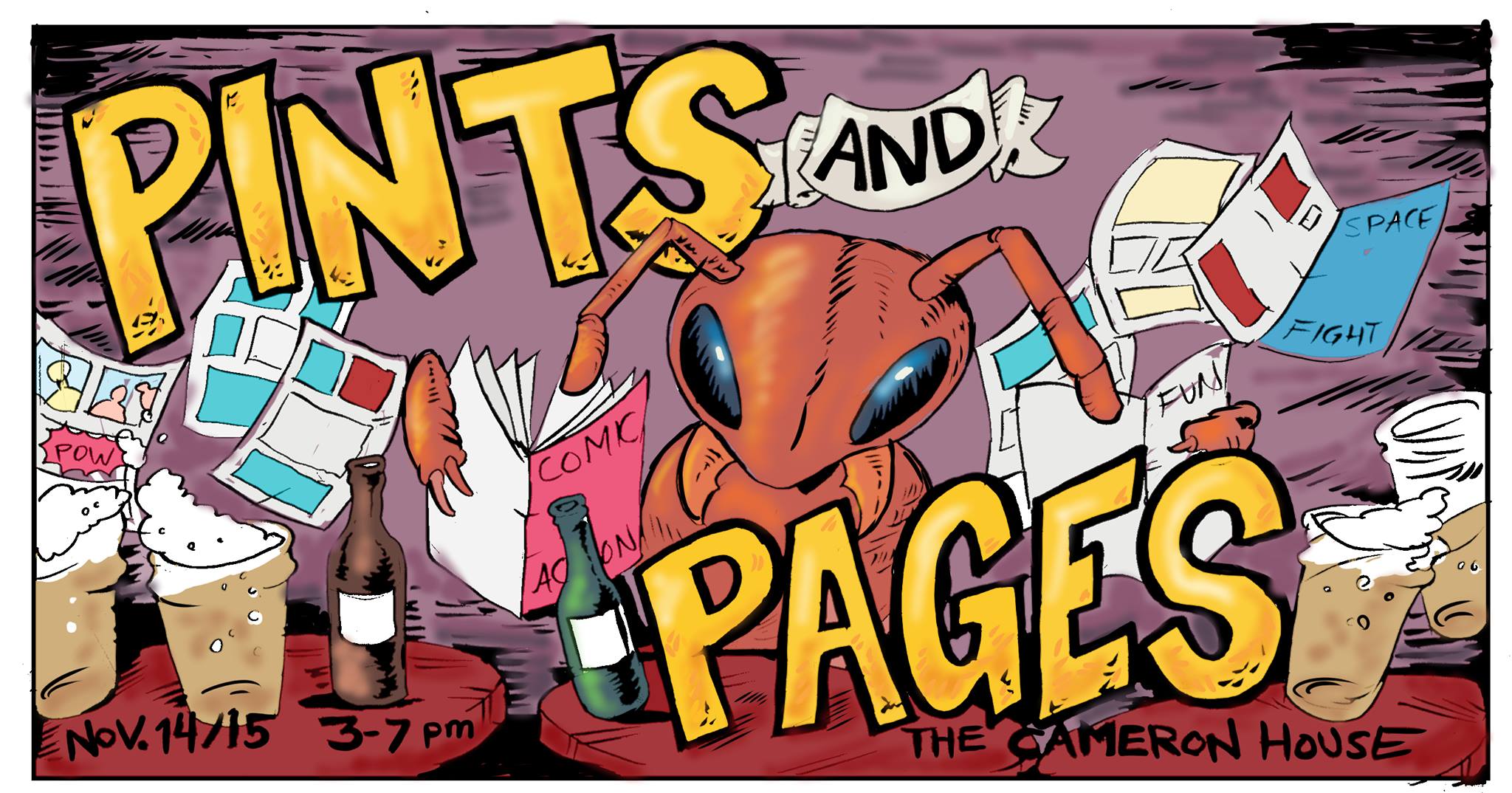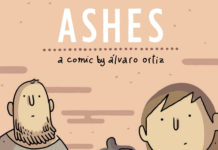 *Warning: Review contains spoilers.
*Warning: Review contains spoilers.
Black Hammer #2 dives straight into the origins of Gail Gibbons, also known as the superheroine, Golden Gail. It is revealed that, during the Golden Age, Gail ran away from her orphanage without any sort of plan to sustain her livelihood. She is then prompted by a mysterious man to enter the theatre in order to shelter herself from the pouring rain. Following her curiousity, Gail enters and is immediately confronted by an ancient wizard named Zafram whose name she says aloud – transforming her into Golden Gail.
This origin story closely mirrors and is almost identical to DC Comics’ Billy Batson/Shazam. It is very interesting to see Lemire’s take on this iconic origin and instilling it into one of his characters for Black Hammer. There are many similarities with both characters including:
• Starting out as arrogant and troubled foster kids
• Being struck by lightning and turning into a powerful superhero with flight and super strength
• Fighting against an archenemy who is an evil scientist (Doctor Sherlock Frankenstein and Doctor Sivana, respectively)
• Saying the wizard’s name and transforming their current selves, regardless of age, into a fixed physique/appearance of their alter ego
The notable difference is that Gail Gibbons is a female who, regardless of age, transforms herself into a nine-year old girl with superpowers. This is opposite of Billy Batson who is a young male that would transform himself in to a muscular adult with superpowers.
This issue primarily revolves around Gail’s perspective of being a fifty-five year old woman trapped inside a nine year old girl. Normally at her current state, she would have her superpowers. However, since she and the rest of the former superheroes have mysteriously ended up in an unknown location, Gail’s powers and her ability to transform has been taken away.
When she previously had them during her origin, it touched upon the joy she once had as Golden Gail where she viewed her superpowers as a personal fountain of youth. There is a layer of complexity to her character as she reveals that she hated being Golden Gail when she first started out as a girl. However while she was aging as Gail Gibbons, she slowly realized that her superpower brought her joy. However, too much of a good thing won’t be good for too long as Gail finds herself permanently being a young girl in present time.
Throughout the issue, Gail has been repeating the word, “Zafram”, in the attempt of acquiring back her powers or maybe at least transforming back into her original self. Readers are able to feel Gail’s frustration and desperation as she yearns to escape the life that she currently leads. This parallels with her origin story in which Gail would often escape and run away from her life at the orphanage because it simply did not make her happy. We see Gail being strictly prompted to attend school by Abraham in order for her blend into their new life. Naturally, Gail is upset and reluctant, and so she proceeds to secretly smoke a cigarette in the girl’s washroom as a form of escapism.
Readers can’t help but feel sorry after Gail is bailed out by Abraham and Madame Dragonfly, posing as her guardians, after being caught by the school’s principal, Ms. Roundtree. Gail bursting with frustration confesses to Abraham that this isn’t who she is and how she is miserably coping with her life on the farm.
This issue is a testament to the emotional and character-driven writing that Lemire pens into his new Dark Horse title, allowing readers to understand and study the character, Gail Gibbons. Lemire is able to rift off from a familiar origin and brilliantly continue to tell her story by developing the emotional affect that her superpowers have had on her. Easily becoming a favorite from the series, readers can expect more revelations and development from the other characters that have yet to be explored.


































